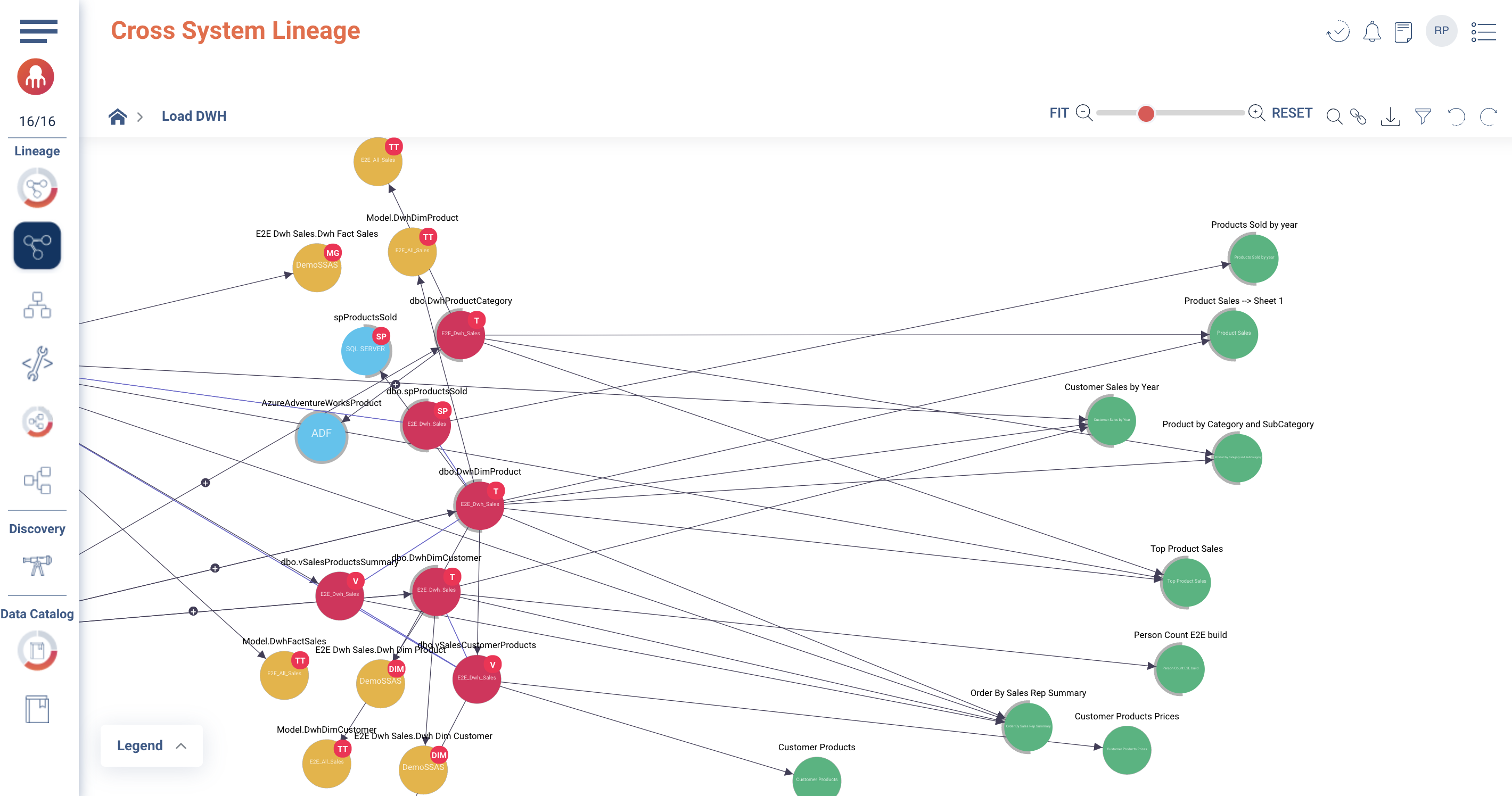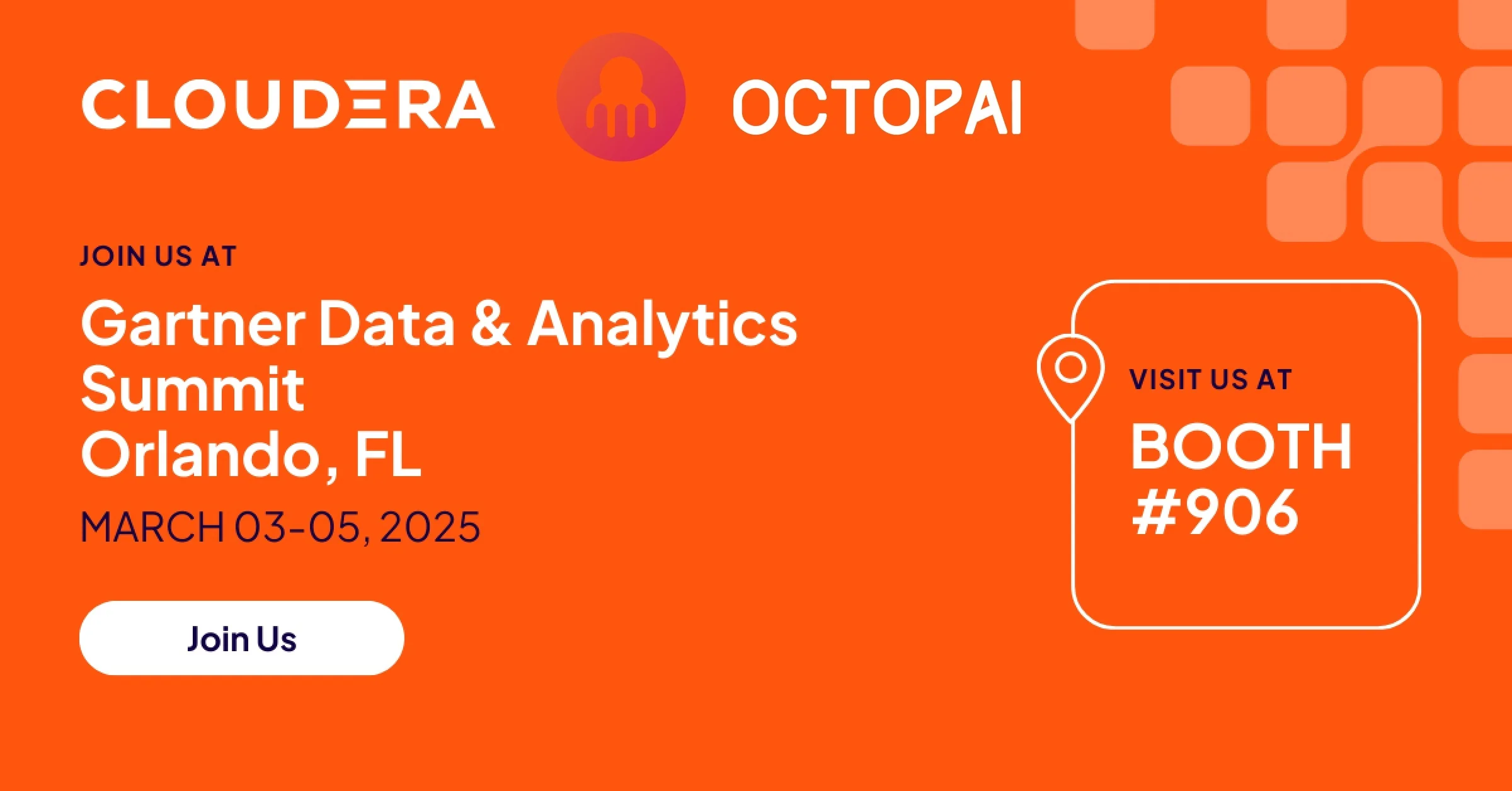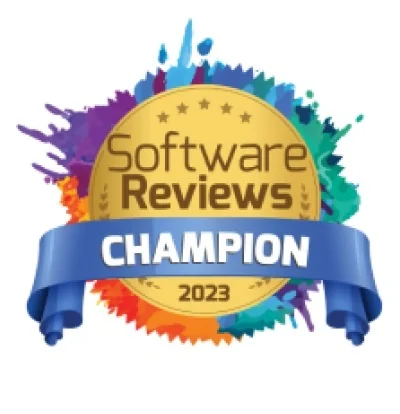Trying to manage data governance without a comprehensive data lineage solution can leave you feeling like your data keeps running away.
It’s not easy to keep up with data and metadata on the move.
A comprehensive data lineage tool is the secret weapon of successful data governance managers and data stewards.
Let’s take a look at four major areas where data lineage will improve your performance a hundredfold if you are in data governance.
Correcting errors
Maintaining data quality is a key goal of data governance. It’s your responsibility to make sure that management and business users are making important decisions based on accurate information.
If you do find erroneous data, of course you remove and replace it ASAP. But if all you can do is correct the data when it shows up but not fix the source of the error, you’ll be constantly pulling weeds in that data field. Much, much better is to identify where in the system the error was introduced.
A comprehensive data lineage tool enables you to trace any data point’s journey upstream to origin and downstream to target, inspecting every process that transformed the data along the way.
In the case of flawed data, you can use data lineage to quickly conduct root cause analysis to work backward from where the error first appeared and identify the stage and/or process where the data changed from accurate to flawed. You can then correct the problem at the root, eliminating the proliferation of dirty data and the necessity of correcting that data wherever it travels in your data environment.
Keeping up with minor changes
If you want to work in an industry where change seems slow, try paleontology.
When you work in data governance, all you notice is how fast everything changes.
Technologies evolve, source systems develop, your dataset structure is modified to reflect new business demands from your data, calculation methods change… all these constant little changes need to be reflected in your data governance platform, or you’ll quickly wind up with piles of ungoverned data.
If it is left up to human, manual effort to keep the data governance platform updated, then unless you have a full-time team on the job, it is very easy for a change to fall through the cracks.
Automated data lineage tools for data governance, on the other hand, will periodically and automatically run through all your metadata and make note of any new additions, deletions or changes. It will then update your data governance platform with the new fields, calculations or other metadata.
With an automated data lineage solution at your back, you can concentrate on managing and governing data instead of chasing it.
Preparing for major changes
Mergers and migrations and transitions – oh, my!
Most data professionals will probably experience, if not preside over, at least one of these major events over the course of their careers.
The transition is usually unavoidable. And it will just as unavoidably wreak havoc with the work of anyone in your business who touches data and its results – from governance to BI to business – unless you foresee where the changes made to accommodate the new system will impact your current workflows.
Short of a crystal ball, this foresight can only be had by creating a complete visualization of your current system and data flow, comparing it with the intended layout and processes of the new system, and planning how to transition smoothly from one to the other.
It usually also involves lots of communication between members of different departments to apprise them of the slated changes and ask how it will affect them, their data and their processes (and then hope they actually respond in a timely fashion). This process, when done manually, typically takes an entire data department months to complete.
In addition, an upcoming major transition is often an opportunity. An opportunity to make your data governance more efficient by pruning out dormant fields, consolidating overlapping definitions and checking the consistency of process results. But capitalizing on that opportunity can take months of manual mapping efforts just to prepare for the real work of streamlining your data management.
An automated data lineage tool can turn those months of manual impact analysis into days. Or even a single day.
Talk about efficiency.
One small step for an automated data lineage tool; one giant leap for data governance.
Setup
Let’s take a trip down memory lane to the day your company got a new enterprise data governance platform:
Congratulations! This platform is going to work wonders for your company, as soon as you set it up.
Easier said than done.
Data governance platforms usually have a data catalog incorporated, and setup means populating that catalog with all the metadata you are planning to govern.
That process usually takes months upon months of work.
With an automated data lineage tool, however, you can set up an entire data catalog on your lunch break.
And, as mentioned above, a comprehensive data lineage in data governance solution doesn’t lie down on the job afterwards. It periodically refreshes, updating your data governance platform with any metadata changes or additions, so you don’t have to endanger your working relationship with any other department by reminding them constantly to update you or the data governance platform every time they make a change to a field, a process or a report.
Picking the right tool for data lineage in data governance
Not everything that goes by the name of “data lineage” or even “automated data lineage” can actually perform all the functions above. In fact, many great data governance platforms come with built-in automated data lineage functions that still require significant manual labor (and headache).
To maximize the efficiency of your enterprise data governance strategy, team and platform, you may find it necessary to integrate a 3rd party data lineage solution that fulfills these criteria.
After all, today companies rise and fall by their data. It doesn’t matter what your industry is; the integrity of your company’s data is dependent on you.












